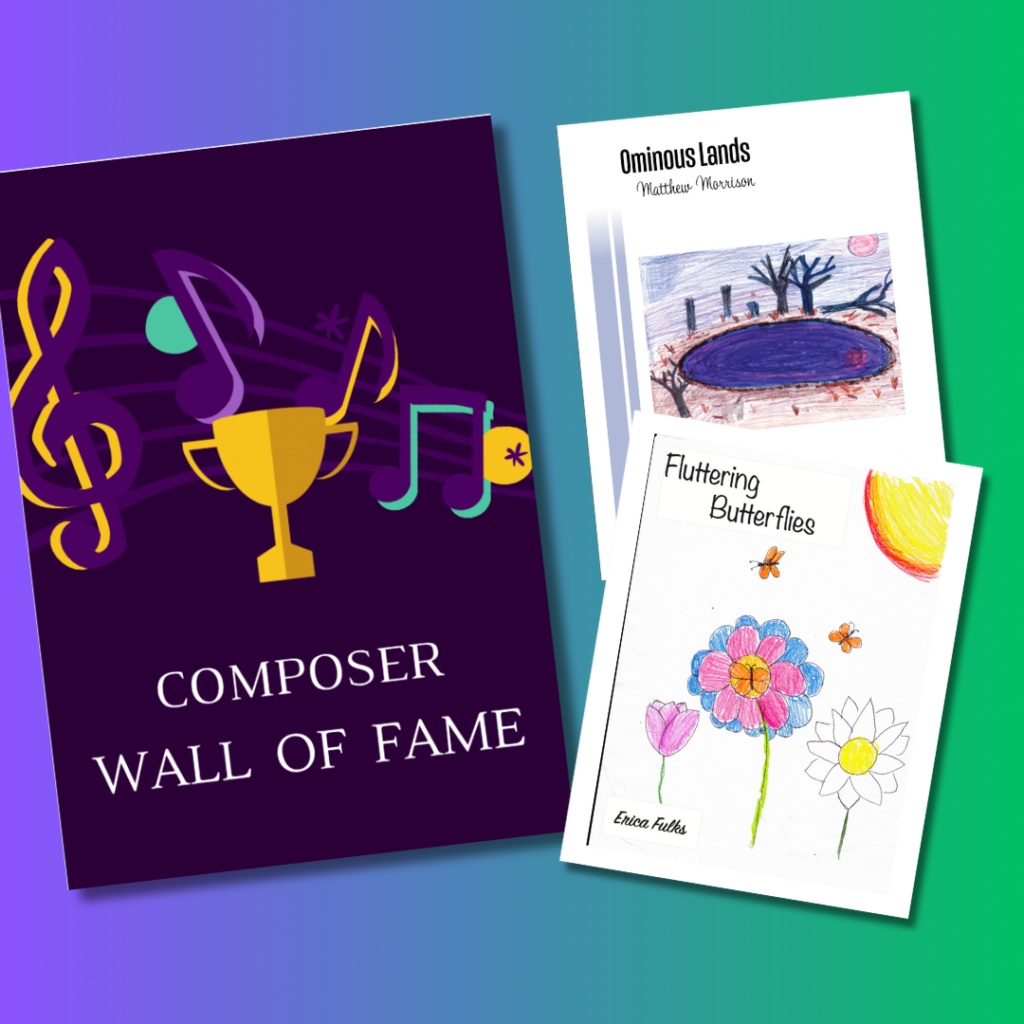When it comes to teaching young pianists, we often focus on the fundamentals: scales, technique, sight-reading, and those all-important recital pieces. But what if we flipped the script and encouraged our budding musicians to compose their own music from the start? The idea might seem a bit daunting, but with the right approach, teaching composition can be a blast for both the student and the teacher. Here are five fun and practical tips to inspire creativity in your young pianists.
1. Start with Stories

Kids love stories. Whether it’s a tale of a brave knight, a mischievous cat, or a trip to the moon, stories captivate their imaginations. Why not use this to spark their creativity at the piano? Ask your students to create a short story or scenario, then challenge them to express it through music. A thunderstorm might be depicted with loud, rumbling bass notes, while a gentle breeze could be illustrated with delicate high-pitched melodies. The key here is to show them that music can tell stories—just like words.
2. Encourage Experimentation

Sometimes, the best way to learn is by doing—and making a few mistakes along the way. Give your students the freedom to experiment with different sounds, rhythms, and harmonies. Encourage them to play around with the piano, even if it means stepping away from traditional exercises for a bit. Whether they stumble upon a catchy rhythm or an unusual chord, each discovery builds their confidence as a composer. Remember, there are no wrong notes in creativity—just happy accidents waiting to be turned into music!
3. Introduce Simple Compositional Games

Turn composition into a game! For example, you could create a “musical dice” game where students roll dice to determine different elements of their composition, such as key, tempo, or dynamic level. Or try a “musical sentence” game where students create a piece based on a simple structure like ABA or AABB. These games can make the process of composing feel less intimidating and a lot more fun. Plus, they provide a framework that can help students focus their creative energy.
4. Use Technology to Your Advantage

In today’s digital age, there are countless apps and software tools designed to help young composers. Programs like Noteflight or MuseScore allow students to notate their compositions and hear them played back instantly. Even simple recording apps can be a big hit—students can record their improvisations and listen to them later, deciding what they like and what they want to change. Technology can make the composition process more interactive and engaging, especially for tech-savvy kids.
5. Celebrate Their Creations

Last but certainly not least, celebrate every piece your students compose—no matter how simple or complex. Organize mini-recitals where they can perform their compositions for family and friends, or create a “composer’s corner” in your studio where you display their written music. Acknowledging their efforts and creativity helps build their confidence and reinforces the idea that their musical ideas are valuable and worth sharing. Here’s a picture of my composer’s corner.
Let the Music Begin
Teaching composition to young pianists doesn’t have to be a daunting task. By making it fun, interactive, and a little bit playful, you can inspire creativity from the start. Also, check out our handy, wide-staff music manuscript book specially designed for young students with an included notation guide! Whether through storytelling, experimentation, games, technology, or simply celebrating their work, you’ll be helping your students develop not just as pianists, but as budding composers. And who knows? You might even discover the next Mozart or Clara Schumann in your studio!

A passionate music educator, presenter, and author, Davis spends his days empowering music students through creative teaching and music education resources. He is a frequent presenter at conferences and workshops across the nation and is co-author of the Easy Piano Lead Sheets and Chord Charts series. He currently lives in Cincinnati, Ohio.


